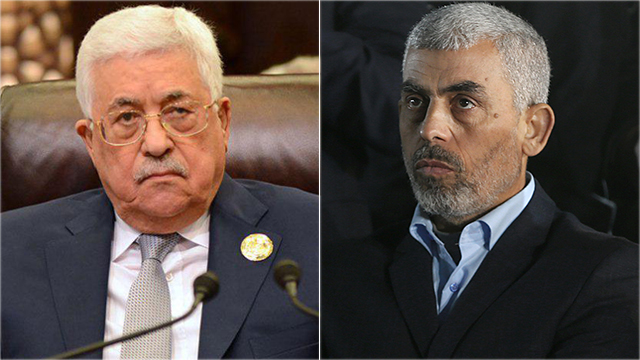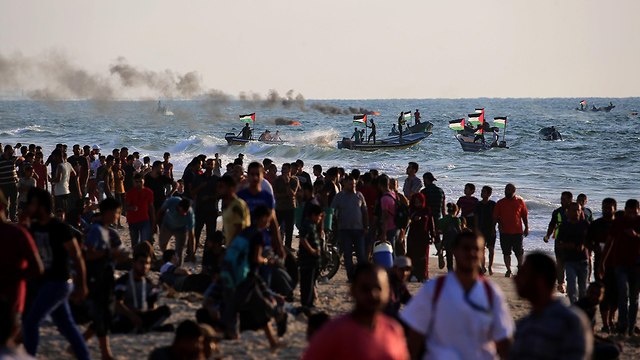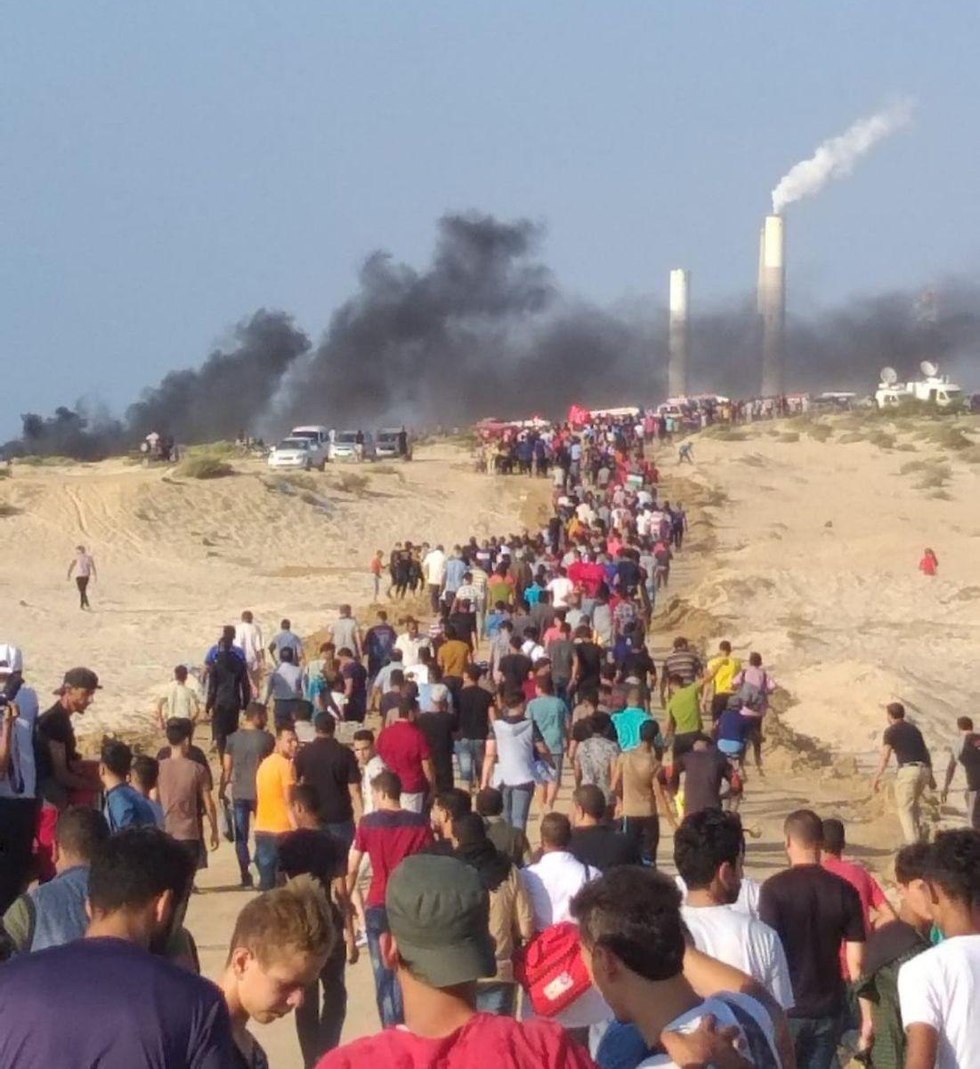Op-ed: A recent surge in incendiary terror and border violence is Hamas’ way of pressuring Israel to renew talks regarding a wide-scale agreement mediated by the Egyptians. The terror group believes Israel will in turn pressure the PA, that pays Hamas’ salaries and bills, to agree to internal reconciliation. However, this can force IDF to launch a ground operation in Gaza.
The Hamas leadership wants attention; not so much from the Israeli leadership, but from Egypt, the UN envoy to the Middle East, and especially Palestinian President Mahmoud Abbas.
Israel is only the means—the lever that is intended to facilitate a ceasefire arrangement under the conditions that Hamas seeks.
Like in a game of billiards: Hamas slams the Israeli ball so it hits the other balls—Egypt, the UN and Abbas—and brings them to the position Hamas desires.

In fact, the frustrations of Hamas began at the end of March with the March of Return and the incendiary balloons and kites in an effort to find a way out of the rut it finds itself in.
Hamas’s official demand is the lifting of the Israeli blockade, but in practice what Hamas wants is for Israel to pressure Abbas to pay the salaries of Gaza civil servants and to fund the electricity for the residents of the Gaza Strip.
Abbas refuses to do so as long as Hamas does not consign its armed men under his command, and therefore the terrorist organization continues to send young people to their deaths at the border fence and launch incendiary balloons into Israeli territory.

These provocations are carefully calculated so as not to cause an escalation during which the IDF will enter the Gaza Strip again, a scenario Hamas does not want, just as Israel does not want it. And so the parties conduct a kind of bizarre dance in which both are actually on the same side.
What is even stranger is that Hamas is using Israel through provocations along the fence and the terror kites and balloons, and not the other way around.

The weak, deterred Hamas knows that the Israeli government, justifiably, is not interested in a war in the Gaza Strip—because it does not want casualties, especially since it is interested in focusing on its main enemy, the Iranian and Hezbollah attempts to establish themselves in Syria.
Hamas knows this and they even set up a committee that organizes these provocations, including at night.
The game works like this: Hamas launches terror balloons at Israeli towns in the Gaza border region knowing that the residents of these communities are not indifferent to these implicit threats, and Hamas hopes that these routine violations will compel the residents of the Gaza border communities to pressure their government and the Shin Bet to pressure the UN envoy and the Egyptians so that they pressure Mahmoud Abbas.

It would have been ridiculous had this bizarre game not included the actual risk of an unplanned escalation; which is quite foreseeable if, for example, one of the Israeli children in the Gaza border region finds a grenade attached to a helium balloon, removes the pin and is killed or wounded.
Under such a scenario, the IDF would launch a ground operation in Gaza immediately, and both sides do not desire such an outcome.
The trouble now is that Abbas is not willing to yield even a millimeter from his positions. Israel has already agreed to the outline proposed by UN envoy Nickolay Mladenov and the Egyptians, but the PA chairman does not budge.
Abbas’s intransigence can perhaps be understood, but we must know that the Gaza Strip is liable to explode without warning as long as this situation continues.
As reported by Ynetnews
